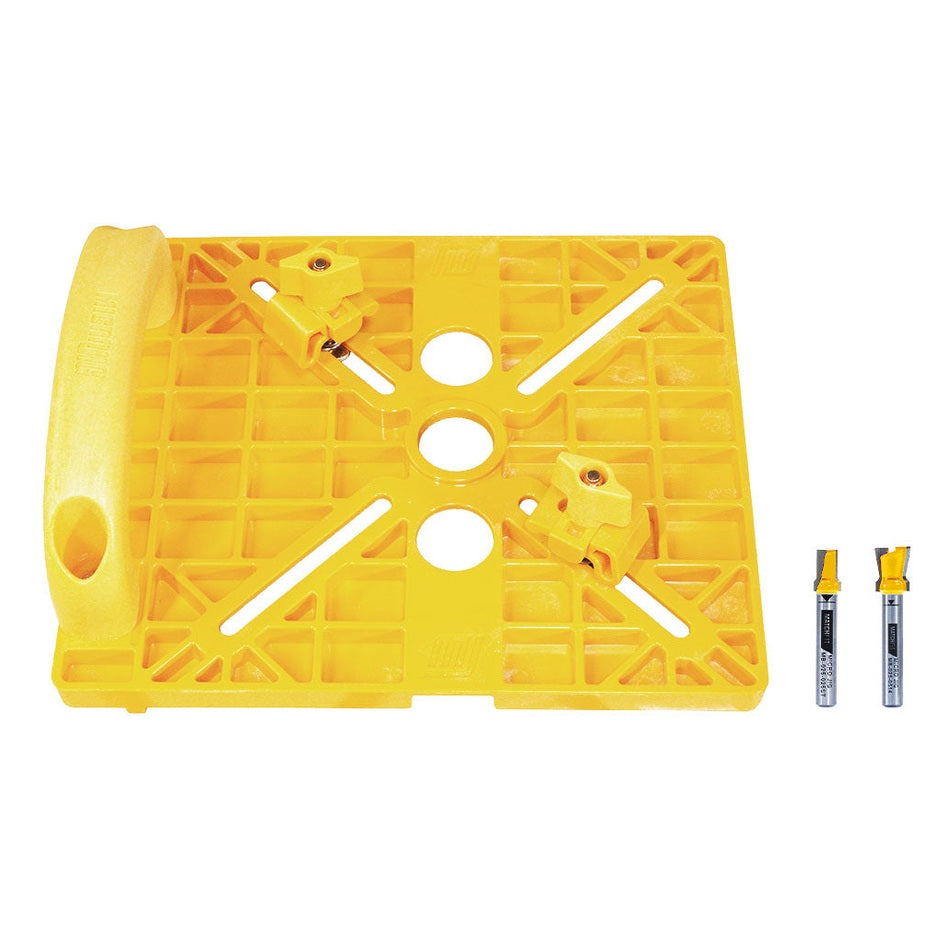PrimeWeld CUT50DP 50-Amp 110v/220v Plasma Cutter
FREE Shipping in Most of Canada
 Proudly Canadian Owned
Proudly Canadian Owned Metalworking
Metalworking
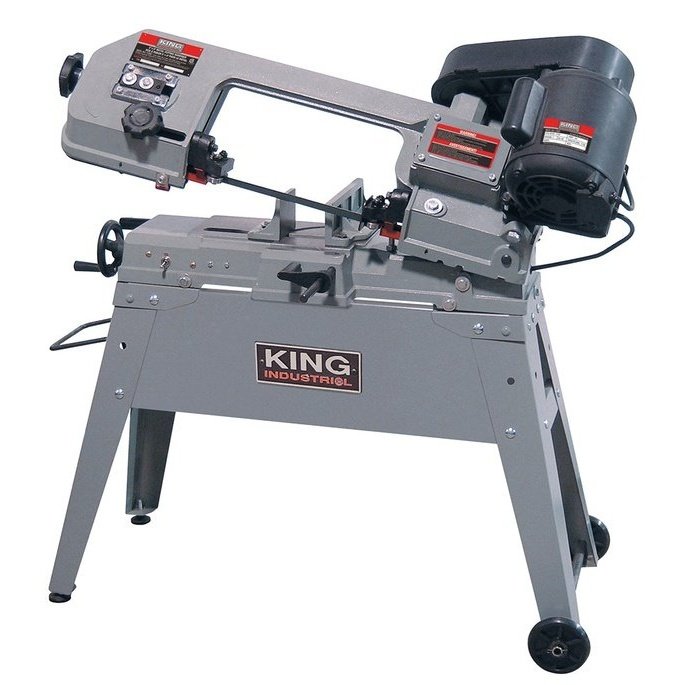 Machinery
Machinery
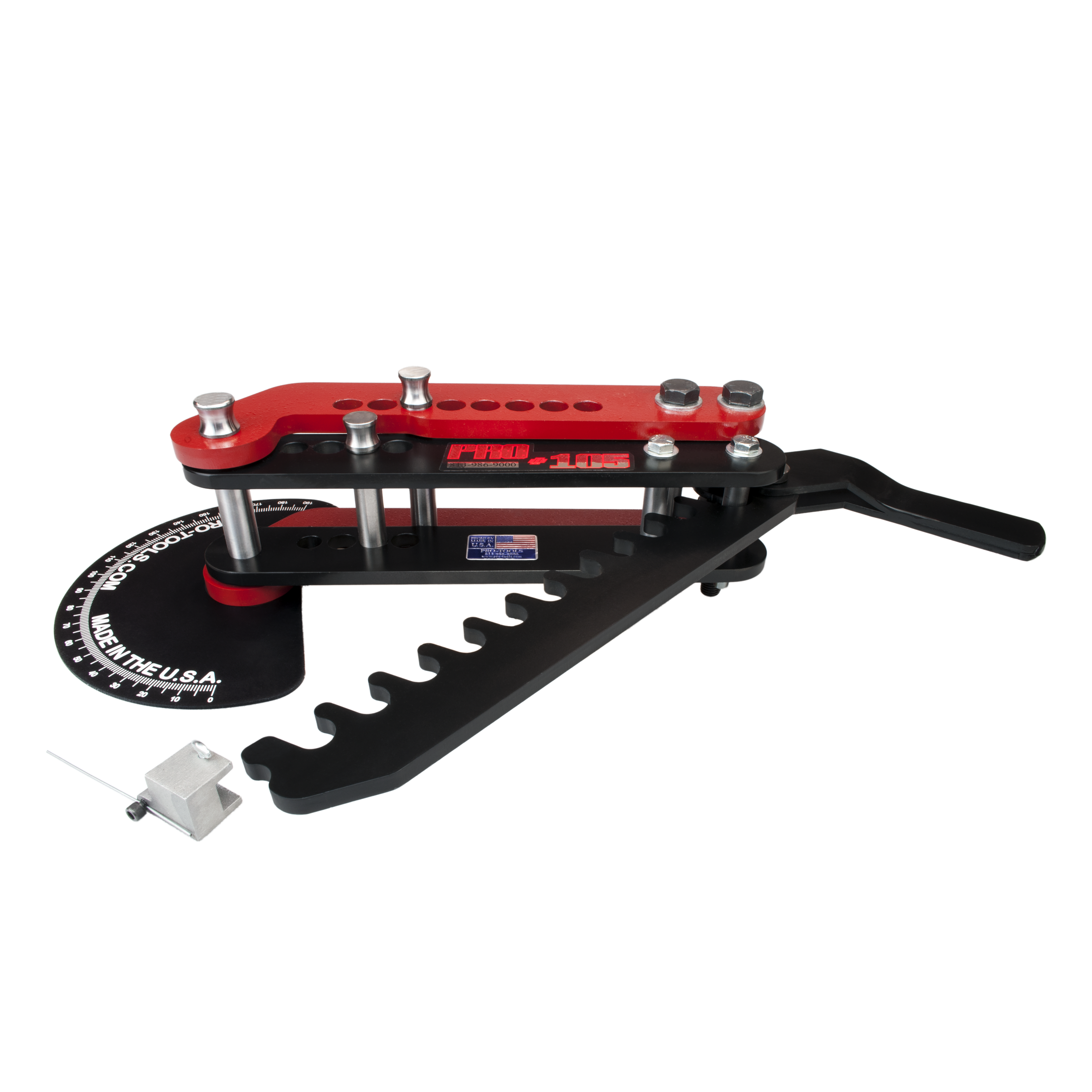 Benders and Notchers
Benders and Notchers
 Welding
Welding
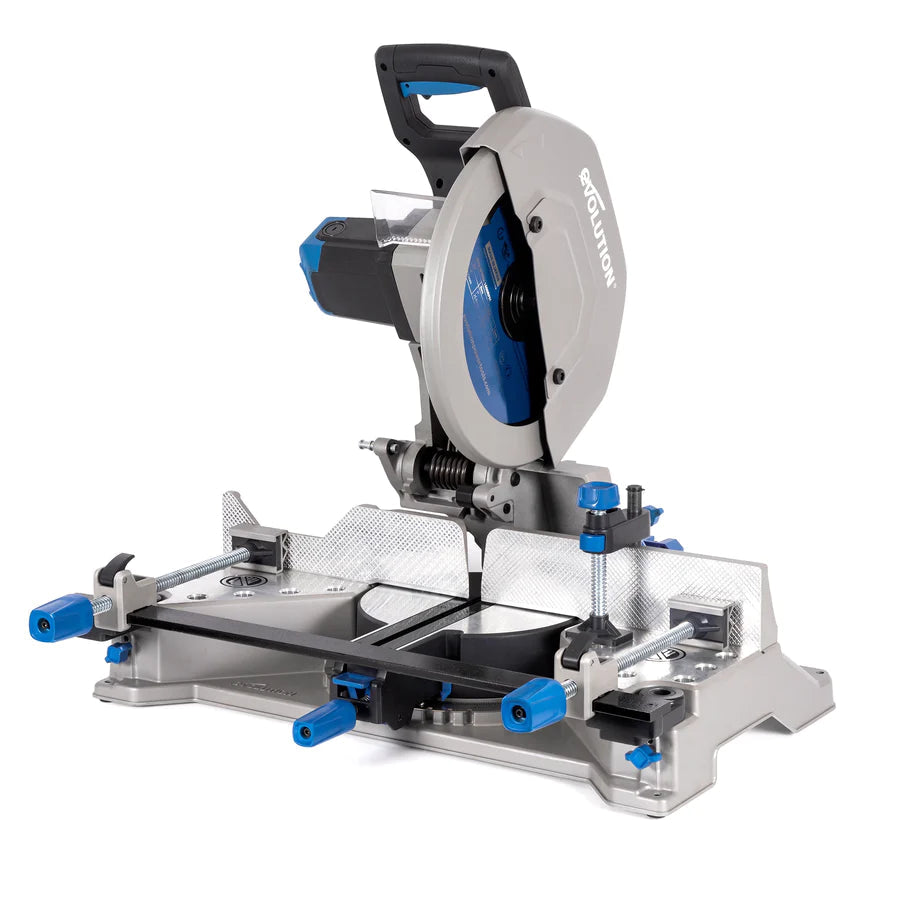 Dry Cut Saws
Dry Cut Saws
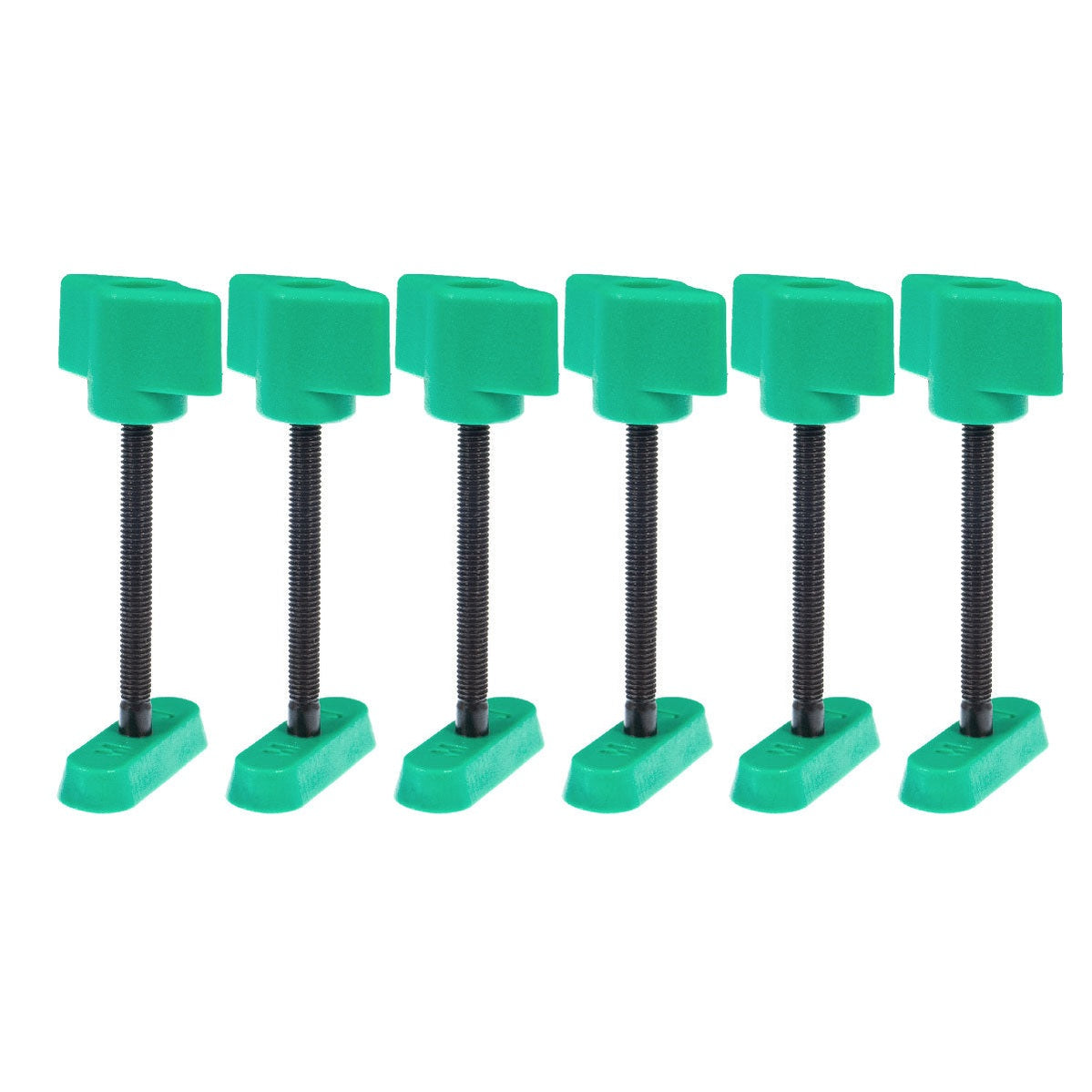 Clamps And Hold Downs
Clamps And Hold Downs
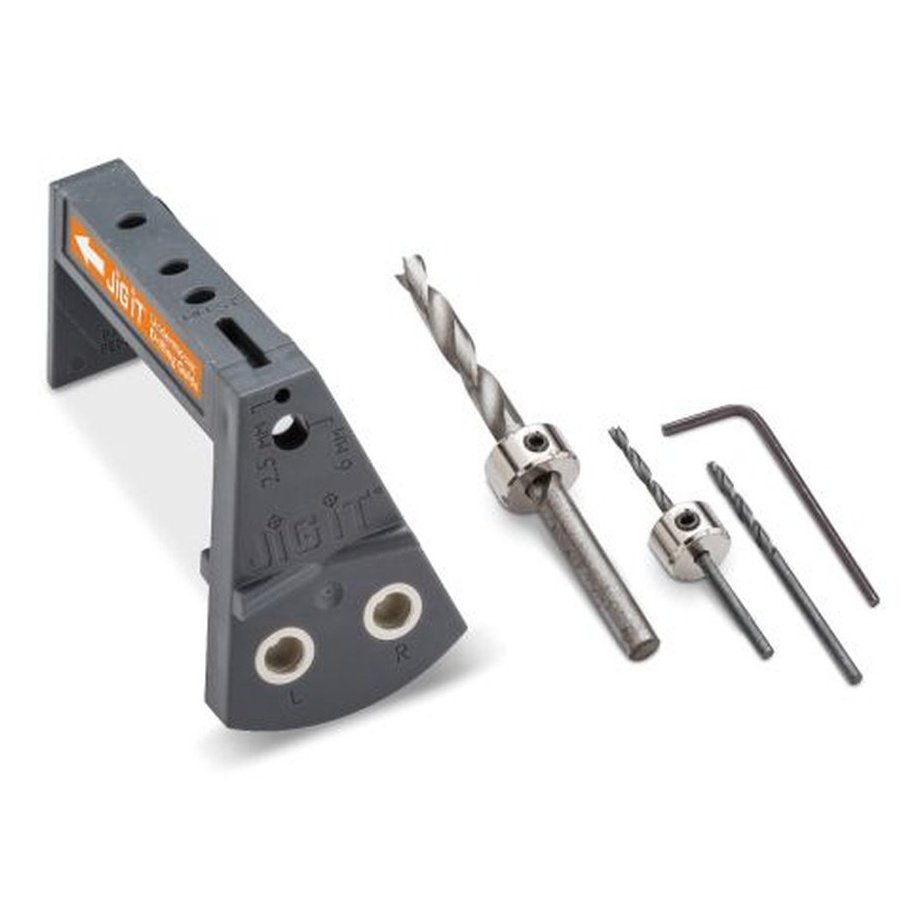 Woodworking
Woodworking
 Dust Collection & Air Filtration
Dust Collection & Air Filtration
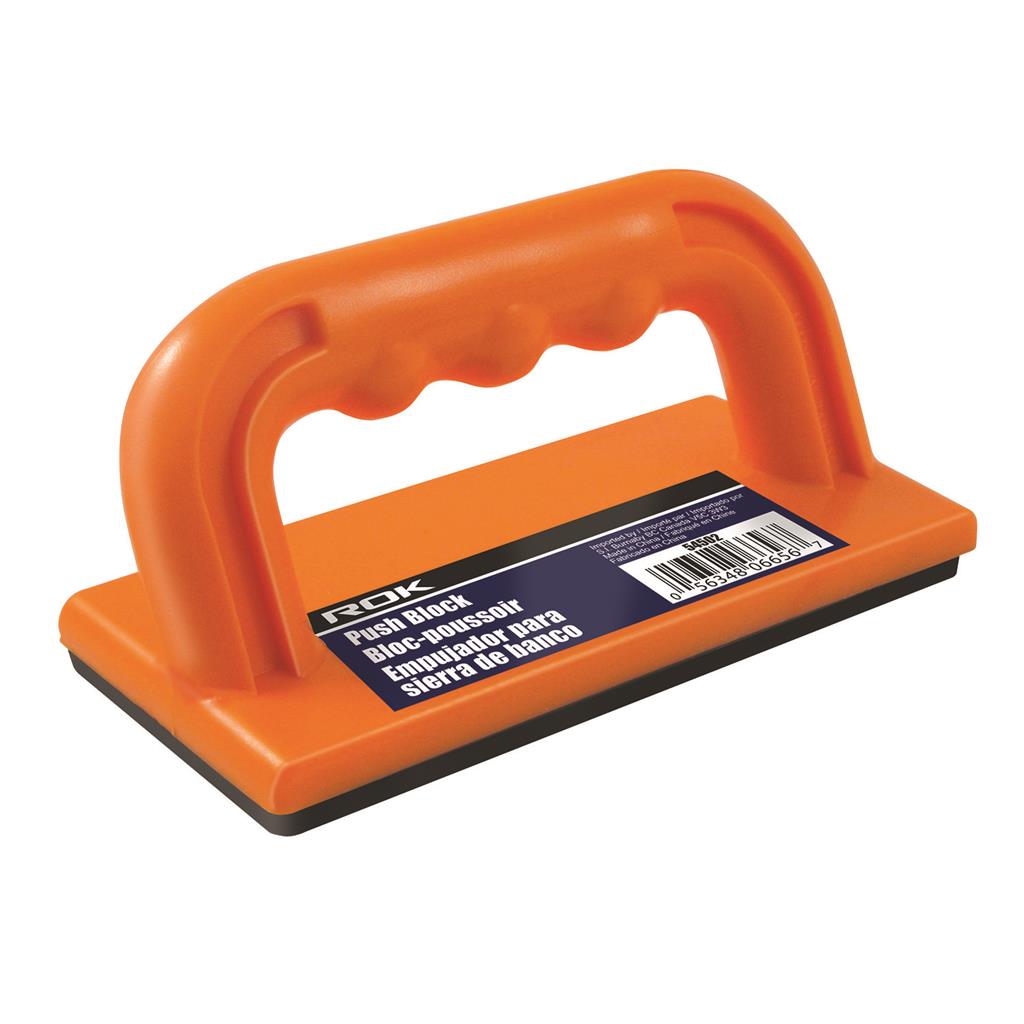 Accessories
Accessories
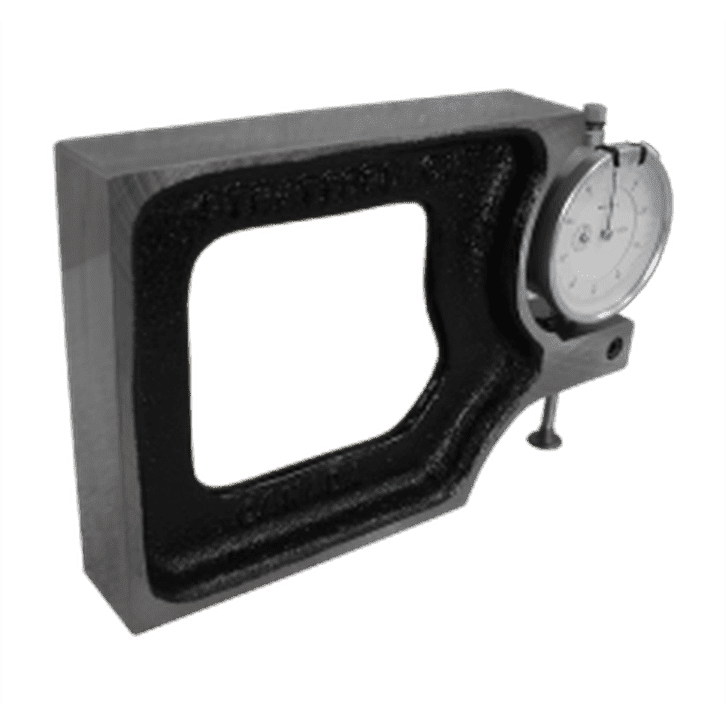 Measuring, Marking & Layout
Measuring, Marking & Layout
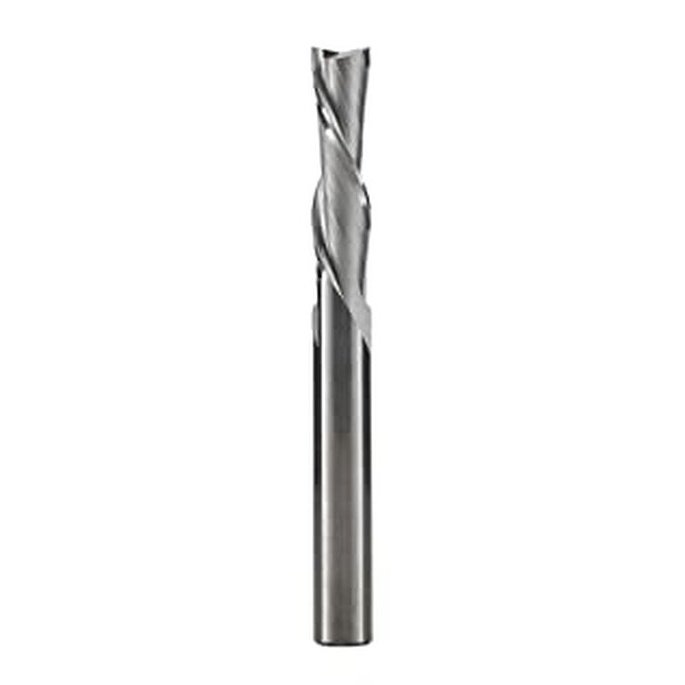 Bits & Blades
Bits & Blades
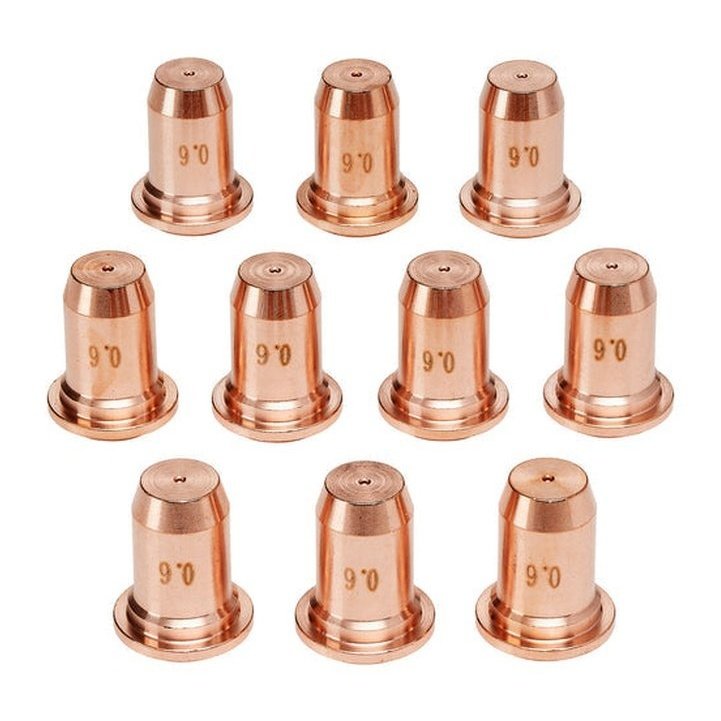 Supplies
Supplies
Sign up for our newsletter to save $10 off your first order of $50 or more.
Be the first to know about exclusive discounts, new arrivals, sales, and special events. Don’t miss out on the latest updates!
You may check out all the available products and buy some in the shop
Return to shop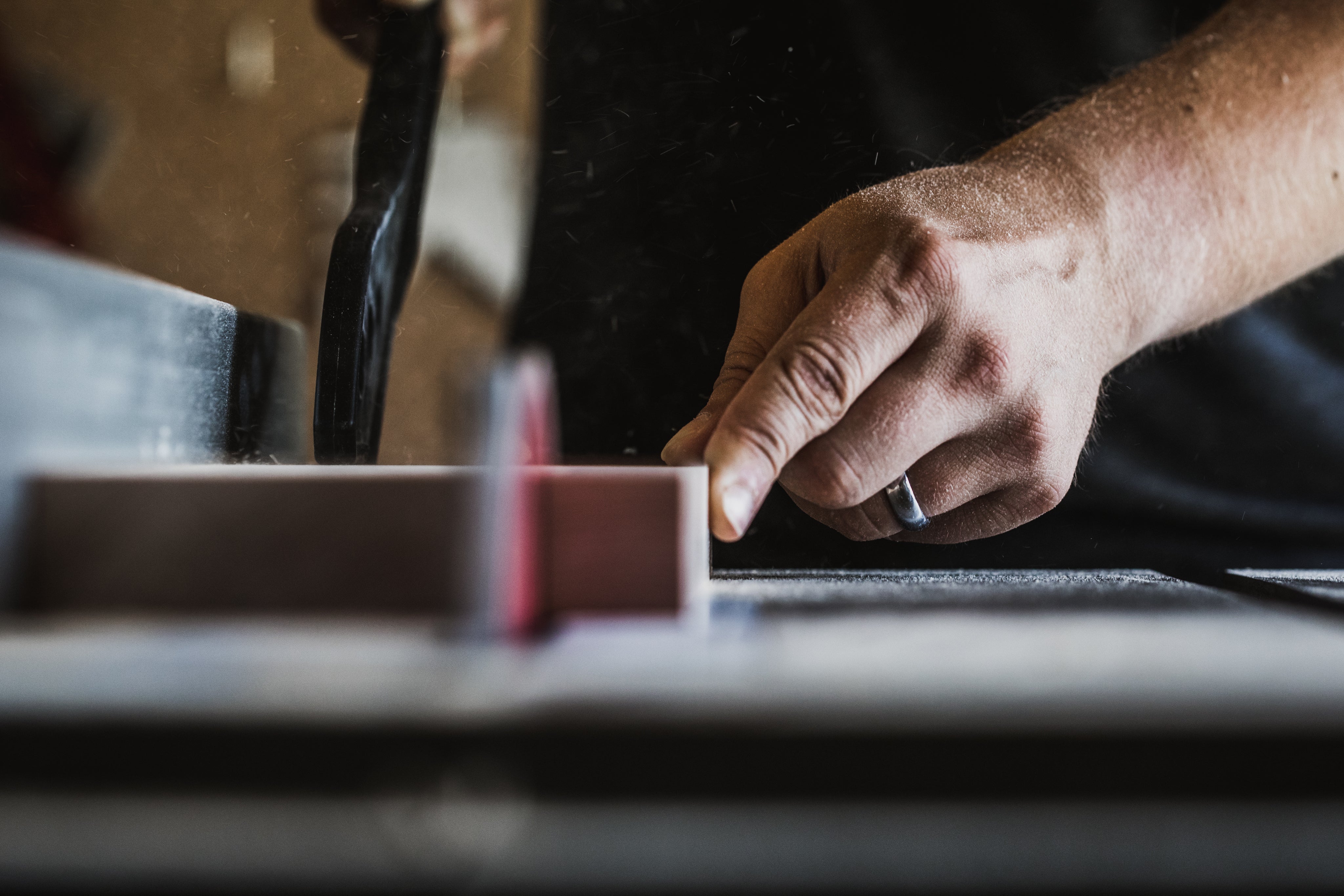

Sign up for our newsletter to save $10 off your first order of $50 or more.
At the bottom of the learning curve but have produced a few decent aluminum welds hope it will be a long relationship.
Amazing quality , easy to use . I definitely recommend it .
This 16/32 drum sander is a well-made tool. The accuracy of the final thickness of the material is unbelievable. After a bit of practice changing sandpaper, I can do it in about three minutes. I really like the quick thickness adjust lever. Being able to sand end grain for cutting boards is unbelievable. It does a very quick job of sanding rings I glue up for a blank to turn a bowl on the lathe. There is no snipe nor tearing out of wood on material like maple. The edging for plywood is now smooth and an accurate thickness. The only challenge I have had is to get the feed belt to track in the middle. With some tweaking, I think I now have it. Everything about this Laguna Supermax drum sander is sturdy and precise.
Fast and fits perfectly
Welding with it as I write this . Great value for money , and great Western saw had it on sale in Canada


